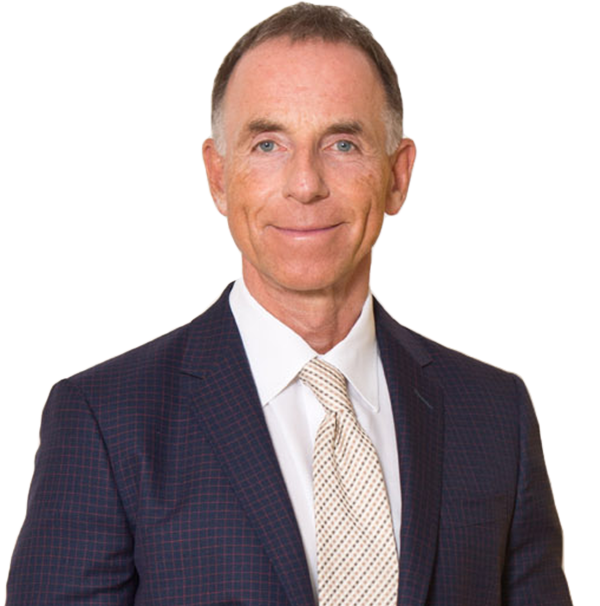Berlin was not chosen as Germany’s candidate city for the 2024 Olympic Games. The fact that our city has established a name for itself as the “capital of naysayers” certainly didn’t help. The default reaction here is always to start by complaing, start by saying, “No” – no matter what.
As a result, the Senator for Urban Development, Andreas Geisel, has been forced to apply the emergency brake. According to the state’s law for implementing the Building Code, it is now possible to declare whole areas as having “exceptional urban importance” to thereby strip local districts of their building permit powers. The law applies to all project developments with plans for at least 200 apartments.
Twice already this year, Berlin’s Senate has made use of this right: once in relation to the project adjacent to Mauerpark in Berlin-Mitte (700 apartments) and again with plans for the construction of a completely new quarter in Rudower Felder. Incidentally, 1,000 new apartments were initially planned in Rudow, but a compromise with local residents’ representatives has since been made and the plan is now to build less than half the original figure.
Last year, a grand total of 3,000 new apartments were built across Berlin. Yes, you did read that figure correctly: 3,000! These 3,000 apartments are a drop in the ocean – just enough to replace those the market typically loses through natural wastage evey year. If we do our sums correctly, we see that the net result is not a single extra apartment was delivered by last year’s newbuild activity in the city! And this is supposed to be a response to population growth that saw the city swell by 45,000 during the same period.
We’ll have to wait and see whether the Senate really does prevail over individual districts more frequently in the future, or not. Of the 488 residential developments currently planned in Berlin, 88% involve the construction of less than 100 apartments – so the district authorities still hold nearly all the cards. There are only 29 projects that include more than 200 apartments in their plans – these are the only projects the Senate could try to take charge of.
For investors in Berlin’s residential housing market none of this will be a problem: investors can still bank on rising property prices. After all, price is a question of supply and demand. Tenants may have problems, though. Slogans and laws won’t be nearly enough to end the current housing shortage – the only way out of this situation is to build more apartments.
And what are the municipal housing associations doing in response? They bought 10,300 apartments, something the previous owners were very happy about, and can now sell at peak prices. But have they also delivered new apartments? Yes, they have. WBM and Degewo have built 60 and 52 new apartments respectively. A grand total of 112 new apartments in 2014!
Remember: The population of our city grew by 45,000 during the same period. And our municipal “housing” associations built 112 new apartments in order to combat the housing shortage. Politicians are not shy when it comes to scapegoating the real estate industry for the housing shortage. It’s like a thief distracting witnesses by pointing anywhere but at himself and shouting, “Stop, thief!”

